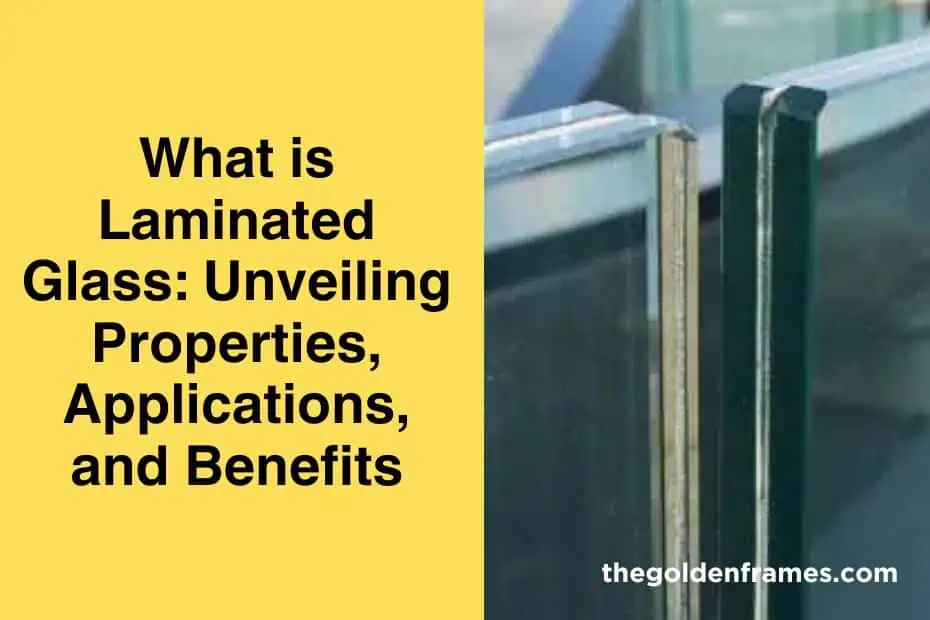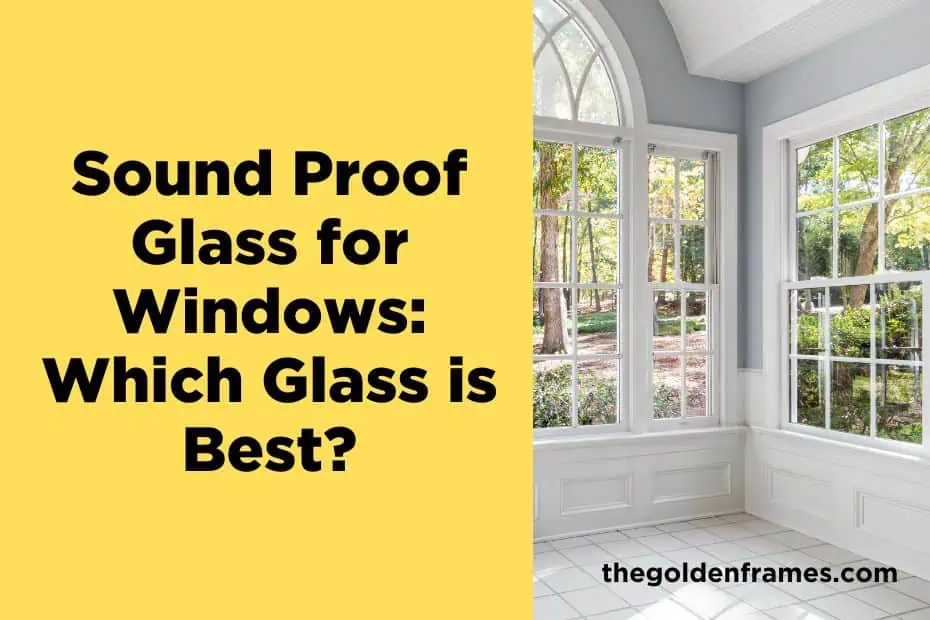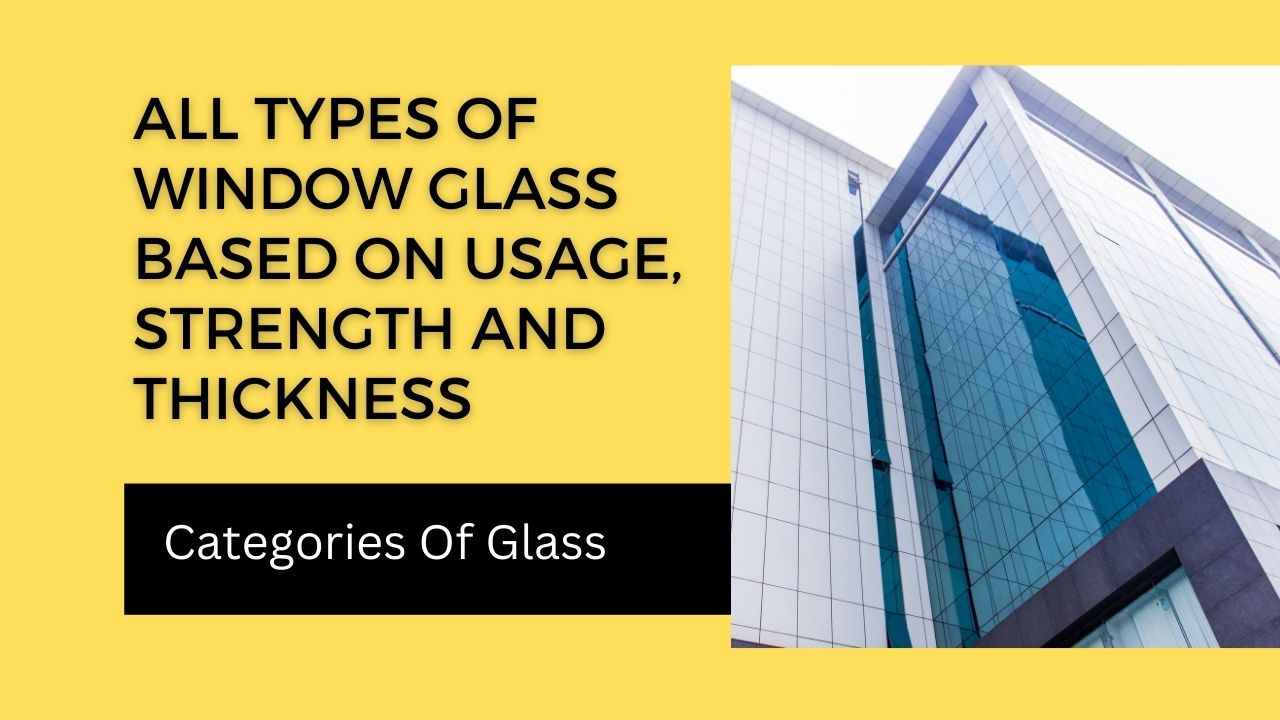Hello readers, TGF welcomes you to another interesting blog on Laminated Glass. This blog has covered all the relevant information about the definition of laminated glass, properties of laminated glass, technical specifications of laminated glass, application of laminated glass, and benefits of laminated glass. If you want to know anything more related to doors or windows, then you can contact us, and we will surely assist you with our knowledge and experience.
Definition of Laminated Glass
Laminated glass is a combination of two glasses that are joined with the help of one transparent or pigmented layer, commonly known as PVB. The word PVB is abbreviated as Poly Vinyl Butyral; it is resin used for strong binding.
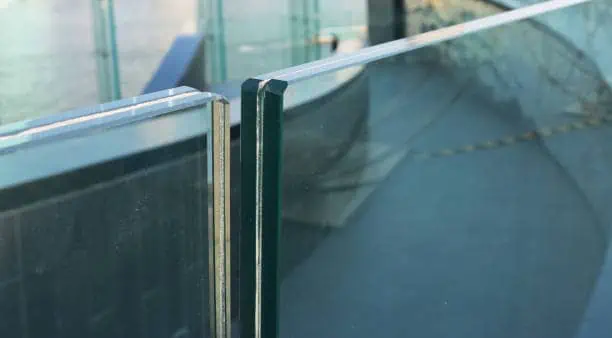
To know more, please refer to our dedicated article on “What is PVB in window glass.” The glasses used in making laminated glasses can be either normal annealed or tempered or heat strengthened, depending on the application.
EVA (Ethyl vinyl acetate) is a new development in this field. You can read a detailed article on the same in our blog on “What is PVB in windows glass.”
Properties of Laminated Glass
There are mainly five major properties of laminated glass, which can also be considered as advantages of laminated glass:
a. Best for Noise Insulation
Laminated glass is best suited to reduce noise impact coming from outside your window. Due to the presence of this plastic interleaving layer between two glasses, it acts as an effective sound control product. Apart from houses, this glass is best suited for hotels, airports, recording studios, etc.
Recommended Article For You:
b. Resistance towards Bad Weather
In case of any external natural calamity such as a hurricane, wind with heavy speed, earthquake, etc., these glasses are best at keeping it intact along with the frame. Hence, it acts as a protective envelope around your building and does not allow any external element to come inside your premises. No impact of UV or ozone on the PVB layer.
c. Safe from Vandalism or Intrusion
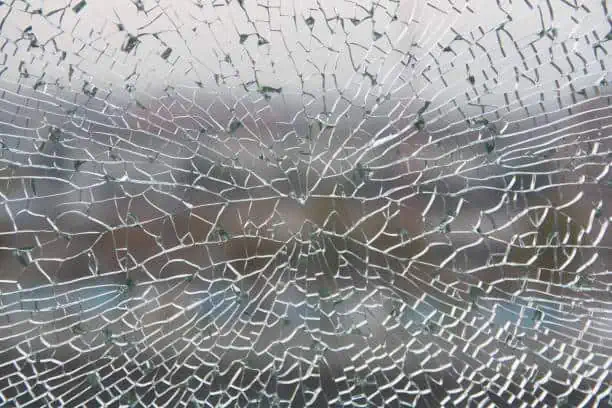
Due to the presence of the interleaving layer, it resists the breaking of glass easily, and on the same side, it also does not allow the glass to fall apart. The surge in crime in the market has also given inclination towards an increase in preference for laminated glass.
It gives you safety from any sharp objects such as stones, bullets, or small explosions since even after the breakage of glass, it remains intact with the layer, and the safety of your house or building also remains safe.
d. Less Lethal or Fatal than Single Glass
In case of any mishap, if the glass gets broken, then it will not be fatal for the person standing next to it because it will not shatter.
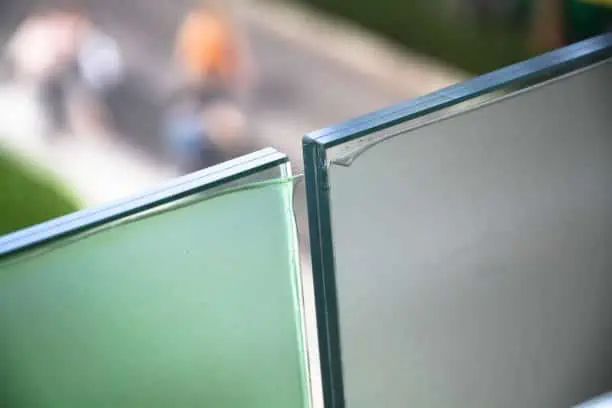
Whereas in normal single toughened glass or DGU, there may be a serious lethal impact on the person standing next to it.
As per global building standards, there are now strict norms for the use of glass in a building or house with respect to the safety of the persons.
e. Less Damage to Your Household Products
Since UV is a harmful element of the sun that severely impacts your household furniture. Here, the interleaving layer plays an important role as it acts as a screen towards sun rays and keeps 99% of UV outside the frame, which helps in the protection of fabrics, furnishings, and pictures.
Technical Specifications of Laminated Glass
There are majorly three things which we are going to monitor over here:
1. U Value
The value hovers between 2.84 W/sqmK to 5.96 W/sqmK, depending on the glass thickness and the glass combination one has opted for.
2. Visible Light Transmittance
In normal glass visual light transmittance, it is close to 90%, whereas in 6 mm thick bronze glass, it can go up to 25% as well.
Recommended Article For You:
3. Thickness Available
The glass can be made in various combinations starting from 4.38 mm to 22.28 mm depending on the length and width of the glass.
Application of Laminated Glass
As described above, it can be used in many sectors of our society due to its unique feature towards safety. We have listed down a few areas where laminated glass can be used: House, nearby airport buildings, hotels, restaurants, hospitals, jewellery shops, banks, gas stations, armored vehicles, skylights, curtain wall glazing, earthquake applications, acoustic glazing, and glass floors, etc.
Benefits of Laminated Glass
We have already listed down properties of laminated glass which helps you in various applications as per your need. Here is one important thing: it will always be preferred to use laminated glass with heat strengthened glass not with tempered glass due to its enhanced feature of safety.
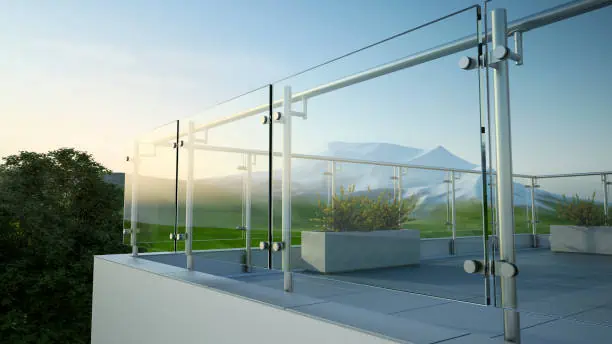
Due to the properties of tempered or toughened glass, once broken will break into small pieces which can further be removed from the layer it is being stuck to. Whereas if you use laminated glass with heat strengthened glass once broken, it will shatter into big pieces which become further very difficult to remove from the interleaving layer.
Also, the chances of suicidal breakage are very less in heat strengthened glass in comparison to toughened glass. Henceforth, it is suggested to use laminated glass with their glasses as heat strengthened glass.
Get in Touch: Let’s Talk Doors and Windows
Please let us know if you need assistance in buying or selecting windows or doors for your house. You can write to us at tgfthegoldenframes@gmail.com to learn more interesting facts. We will be more than happy to serve you.
